Blackfoot Daisy, Melampodium, Plains Blackfoot
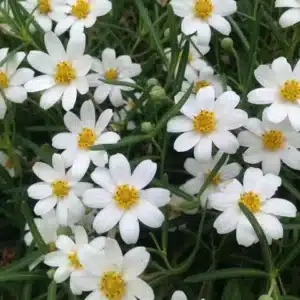
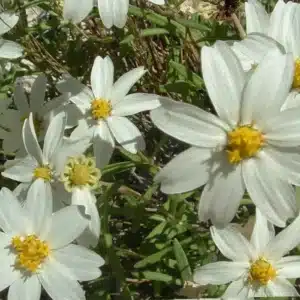
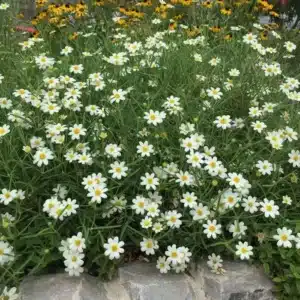
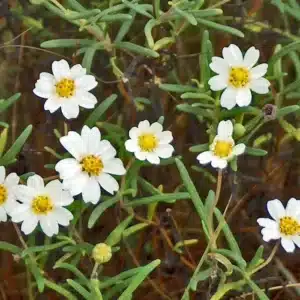
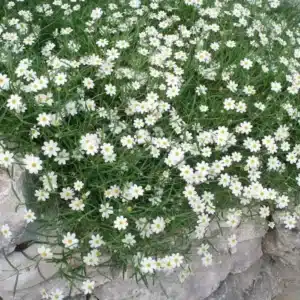
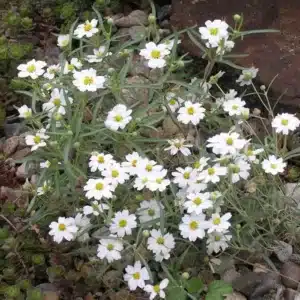
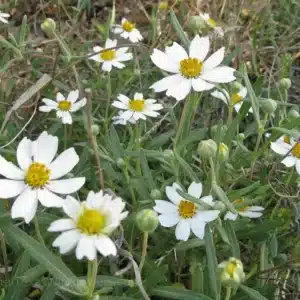
Melampodium can be grown easily from seeds. Seed directly into the garden in a sunny, well-drained location after the last frost. Seeds can also be grown indoors in flats several weeks before the last frost. This plant does not tolerate clay soil well, and good drainage is vital. Once established, Melampodium is drought-tolerant, and new seedlings emerge around the plant if not dead-headed regularly.
Melampodium grows best in alkaline, rocky soils with full sun exposure. It does not tolerate heavy clay soil and is killed by freezing temperatures, but often will re-seed the following year. Seeds should be planted when temperatures reach at least 60 degrees Fahrenheit. This plant can be grown indoors near a sunny window.
Fertilize in spring. To keep Melampodium blooming, a liquid fertilizer can be added to the soil according to the directions on the label. A slow-release fertilizer may also be used.
No pruning is necessary for Melampodium other than deadheading to prevent seedlings from popping up and naturalizing. It should not be crowded among other plants because good air circulation helps prevent powdery mildew, which can affect this plant in humid conditions.
No serious pests or diseases affect Melampodium. It does need good air circulation to prevent powdery mildew, and must have well-drained soil.












